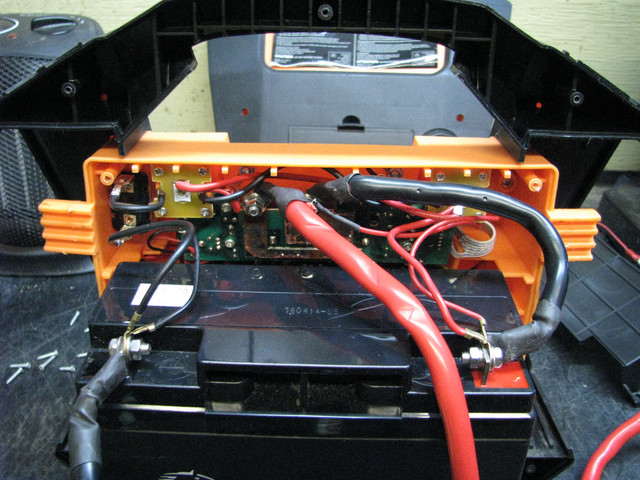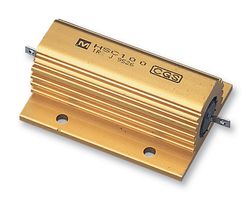- Joined
- Sep 12, 2015
- Messages
- 7,662
- Reaction score
- 2,778
- Location
- SW Ontario
- My Car
- 1971 Mustang Mach 1, M code, 4 speed.
@midlife or anyone else who might know.
I thought I'd ask a quick question hoping someone is brighter than me when it come to electrical stuff.
Scenario; several years ago I bought a 12V 700 cranking amp battery booster. A year or so ago, it would not take a charge, so I had the internal battery replaced. Since then, while I have kept it charged up, I have not needed to use it until today. All I needed it for was to test a Pertronix Ignitor II that was thought to be faulty right out of the box. It sat on my shelf until the warranty ran out of course. I found a video on how to test these using a booster, so I thought I'd do the same thing. Easy peasy right, no, I could not get any power from the booster box.
Question; There is no switch on this model, so should I have full 12V between the red clamp POS, and the black clamp NEG at all times? The internal battery has a full 13V, the two 12V sockets also have full power, but not across the clamps, nothing.
I suspect the internal circuit board may be toast and that is why I'm not getting power. The accessories connect directly to the battery.
Thoughts?
I was able to test the PII using the two 12V sockets and it has a short internally. My test light should not be lit from a ground wire the module base. It should only light when the magnet passes the module sensor. I used a spare dizzy to set up the test.
Just for interest, here is the video.
I thought I'd ask a quick question hoping someone is brighter than me when it come to electrical stuff.
Scenario; several years ago I bought a 12V 700 cranking amp battery booster. A year or so ago, it would not take a charge, so I had the internal battery replaced. Since then, while I have kept it charged up, I have not needed to use it until today. All I needed it for was to test a Pertronix Ignitor II that was thought to be faulty right out of the box. It sat on my shelf until the warranty ran out of course. I found a video on how to test these using a booster, so I thought I'd do the same thing. Easy peasy right, no, I could not get any power from the booster box.
Question; There is no switch on this model, so should I have full 12V between the red clamp POS, and the black clamp NEG at all times? The internal battery has a full 13V, the two 12V sockets also have full power, but not across the clamps, nothing.
I suspect the internal circuit board may be toast and that is why I'm not getting power. The accessories connect directly to the battery.
Thoughts?
I was able to test the PII using the two 12V sockets and it has a short internally. My test light should not be lit from a ground wire the module base. It should only light when the magnet passes the module sensor. I used a spare dizzy to set up the test.
Just for interest, here is the video.






